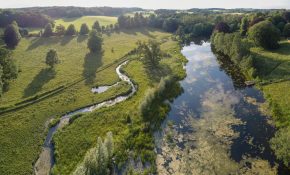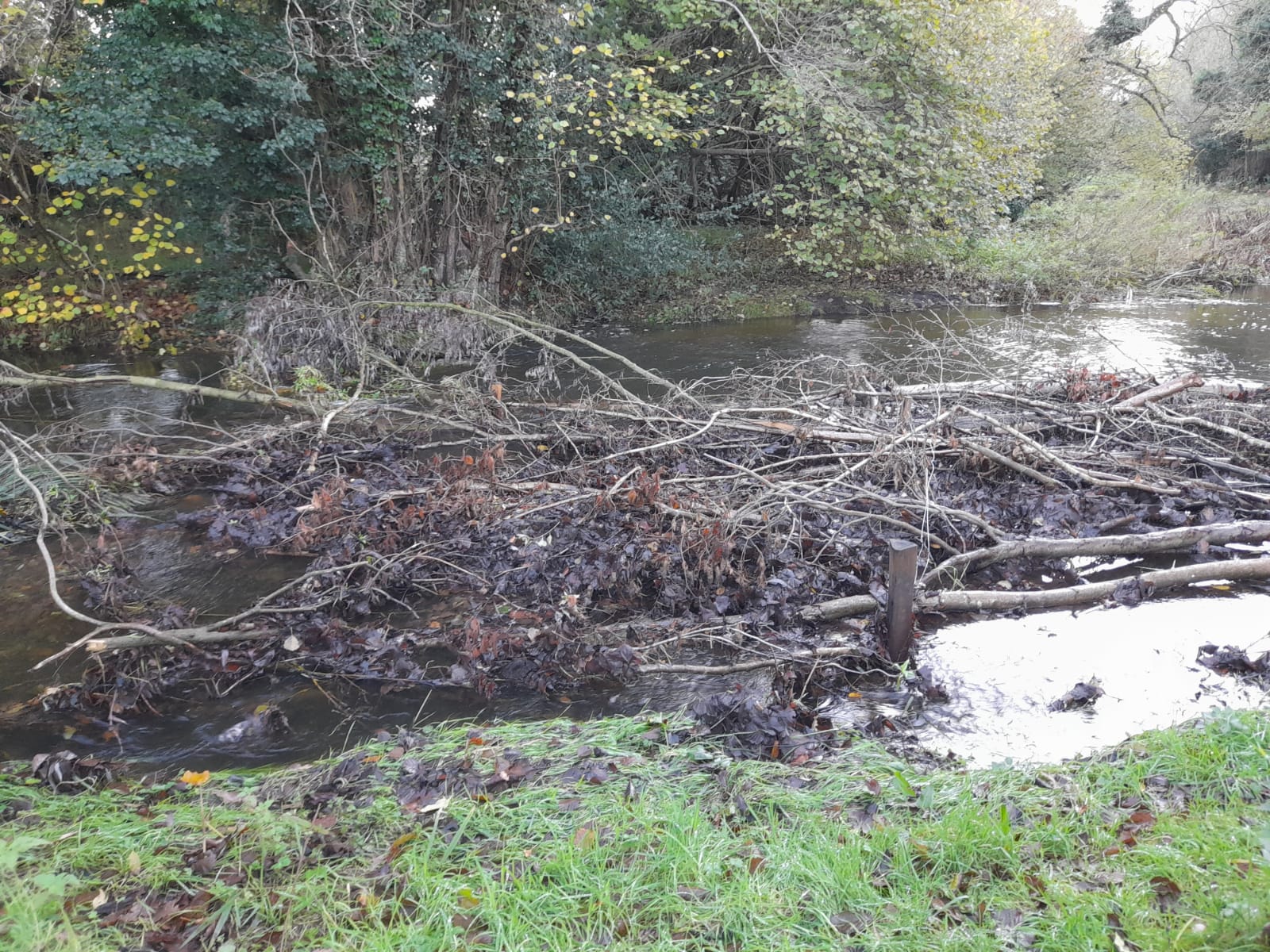Wood and rivers: a recipe for ecological success
Tuesday December 6th, 2022
The importance of trees bordering rivers, and fallen trees in rivers, has become increasingly apparent. Research has highlighted the threat that climate change poses to aquatic ecosystems through changing water temperatures. As the water warms, the oxygen levels decrease in water, leading to the death of aquatic organisms. This can cause a food web collapse, resulting in a spiral of decline. Norfolk’s chalk streams are especially vulnerable in dry conditions, when abstraction for domestic use and agriculture has a marked impact on river flows.
Trees in rivers are described as ‘agents of morphological change’ and ‘architects’ of river structure. Live trees on the riverbank act as hard points, stabilizing banks and aiding the natural formation of meanders. Tree roots in banks provide vital habitats for a multitude of species including White-clawed crayfish, otters and eels. Woody material in the river is equally important. It can encourage the natural recovery of rivers by:
- Providing habitat for algae and bacteria, which purify water and reduce the impact of pollution
- Supplying food and habitat for invertebrates that feed fish, crayfish and many bird species
- Creating complex flow patterns, which in turn provide varied sediment types, oxygenation and microhabitats
Adding wood to rivers is one of the most simple, beneficial and cost-effective measures we take to rewild a river.








